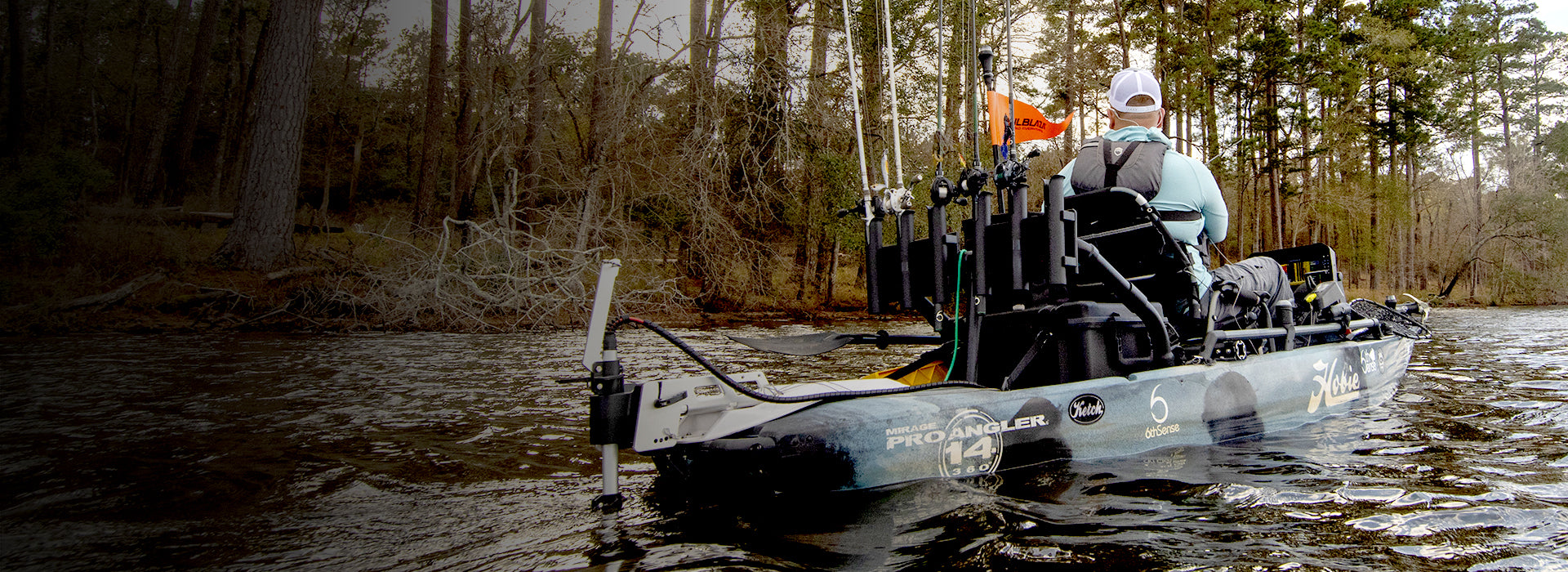It’s that time of year when we keep checking to see if tournament dates are available for our favorite trail. I think figuring out where to be fishing and what trails to fish next season could be made into a book. Assuming we’ve figured out and mastered being at the right place at the right time, now how do we tackle a new body of water on the road?

So we got the dates, we know where we will be fishing this season in our trail and with today's technology it’s almost like pre fishing from home right? Joking aside, when I have time, say several months, I like to research the history of the lake early. This quick and early search is when I like to get a few answers about the lake. Things I like to know about a lake are is it man made?, is ANYTHING harvested from the lake area?, any natural disasters?, waterways, water flow direction, and water level maintained or mercy of the weather? These are some great examples of questions to ask because the answers can help you understand what questions you need to be asking as the tournament draws closer. I like to approach a new lake by trying to figure out what it’s been through. I’m looking for major events or things that I believe could alter the production of the lake. That could be as simple as water being pumped in or out. This is a great example because it’s consistent and with that word, that’s my approach to day one of pre fishing, but first, how do we find consistent?

If you don’t have a clue about where you should start fishing then ask yourself this question, what is consistent about today? When we get down to the wire and we are just on edge waiting for the pre-fish dates to come, we still have some work to do. One of the biggest things that seems so simple can actually give you so much information. Take the last three weeks for the lake you are researching and find every single thing consistent or noticeable about that timeframe, no matter how small or obvious, write them all down. Every fact you can possibly find, run it by the consistent check. We are all creatures of habit so find out what they are doing. Once you have found all the consistencies, you can already start trying to pair a consistency with one of your strengths and styles of fishing. An example would be noticing the consistency of the wind speed and direction and plan to be using your strength and confidence in a spinnerbait in the chop, the consistency in the temperature could help you decide on what color to start throwing and the wind speed and water depth can help you decide on a size. Although this can seem simplified, it’s all the tiny little answers you get that can help find a starting point. Based on some of the weather consistencies you can find ways to approach a new lake using your strengths in certain weather conditions. I think researching the lake this way allows you to develop lake patterns and helps find ways to approach using your strengths and confidence. If it’s anything it’s one way to start and finish with confidence.

